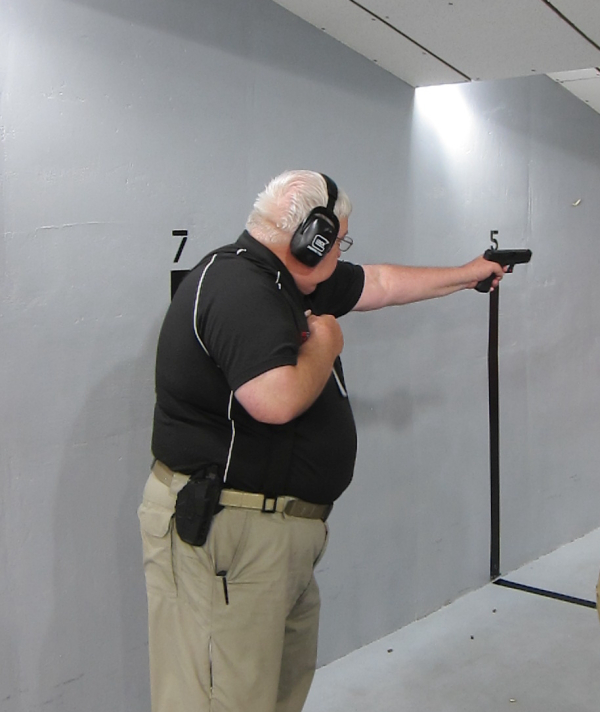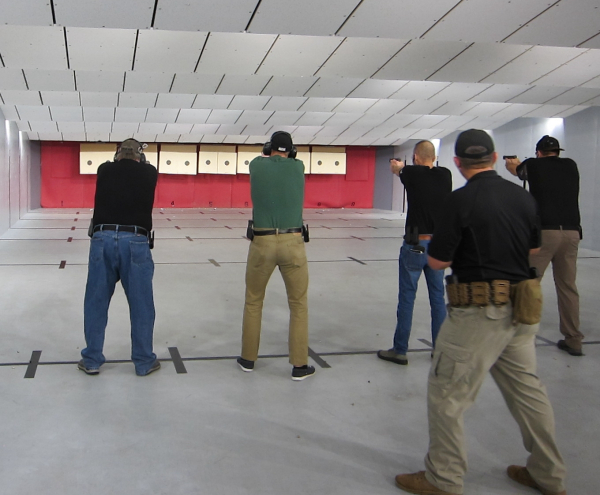I’ve watched attempts to make boiler-plate plans for tactical situations, how to use ‘science’ to predict the performance of police small arms ammunition or to increase physical skills performance and that’s caused me to wonder.
We have the “remember when Joe did that thing and got the guy into custody without a fight?” analysis turned into “Every time you have situation A, use solution B” policy – and that sometimes gives an ugly result.

One size does not fit all and “keep it simple, stupid” doesn’t work when (1) the problem isn’t simple and (2) we’re not stupid. If it worked once, the idea goes, it’ll work again.
Maybe. But you need to soften your focus.
The courts have grappled with police uses of force – mostly in reported cases (that’s very often federal, in a civil rights lawsuit appeal, mostly on the ‘qualified immunity’ issue) – and many of us (me included) have applied their analyses to policy.
That can work. In my study of our state laws, I found the legislature shamelessly – and thankfully – plagiarized federal cases like Tennessee v. Garner and Graham v. Connor. That allowed me, writing agency force policy, to just as shamelessly follow their lead. It greatly simplified things as state law wasn’t different or more restrictive than those holdings – which do not have the force of state law, until they do – and I could gleefully crib those sources and make our policy mirror them; one standard, unified, easily understood and applied.
Life was good. But it doesn’t work that way for every state nor every agency. As long as the Constitutional standard is met, state law can be more restrictive – as can agency policy.
The occupation’s collective horror at the California Highway Patrol tragedy at Newhall, the Norco bank robbery, the FBI Miami shootout, the North Hollywood bank job all led to ‘research,’ with some aim at ‘science’ in an effort to prevent such problems going forward.
The officer survival movement of the 1970s gave us good information, largely lost to history as the institutional memory retired and, ultimately, died. Lessons have to be relearned, sometimes at an ugly price. The ‘rules’ were very general and mostly complied with the “don’t lead with your chin” class of instruction.
Beyond that, the use of inductive reasoning is problematic. As far back as Karl Popper we’ve known that the attempt at real science is to seek to disprove the hypothesis – it’s certainly not to support it.
Science is the knack of skepticism, going to the outlier to disprove that “this is always that.” We find that ‘always’ only happens ‘sometimes’ or ‘often.’
In the legal aspects of police uses of force, we embrace the deductive. In Graham, the court recognized that “(T)he "reasonableness" of a particular use of force must be judged from the perspective of a reasonable officer on the scene, rather than with the 20/20 vision of hindsight … (t)he calculus of reasonableness must embody allowance for the fact that police officers are often forced to make split-second judgments -- in circumstances that are tense, uncertain, and rapidly evolving -- about the amount of force that is necessary in a particular situation.”
If the police training in question is related to firearms, we have to do a job analysis. What is it we expect trainees to do … and not to do?

If I had to quickly scribble an assessment without going to an old firearms instructor manual, I suppose that it should include:
I’m sure there’s a “no warning shots” element and other things, but this is a fair start.
Knowing what “worked” before is a starting place. It’s not the end of the trail.
— Rich Grassi